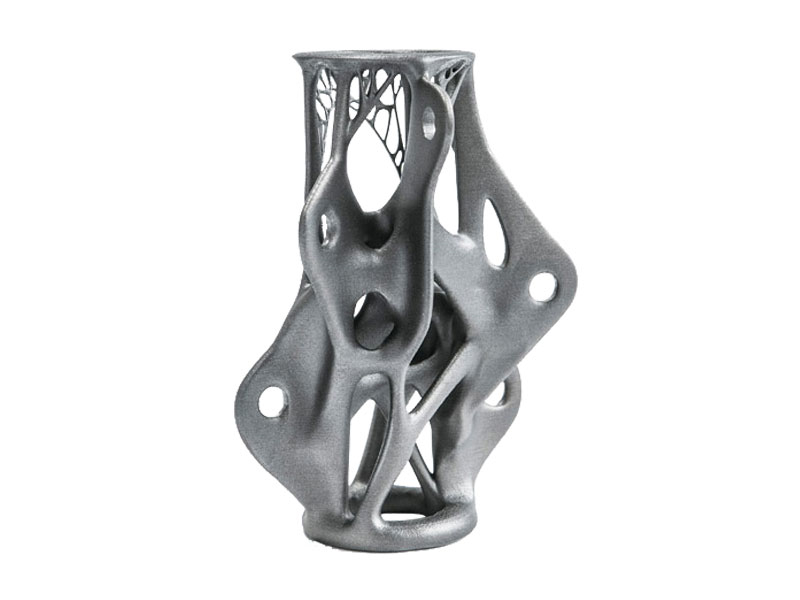SLM Maraging Steel18Ni300/MS1/1.2709 This kind of steel is characterized by having very good mechanical properties, and being easily heattreatable using a simple thermal age-hardening process to obtain excellent hardness and strength. Max Build Size Min Build Size 5 x 5 x 5 mm Default Layer Height 0.04 mm Optional Layer Heights 0.04 mm Tolerance ┬▒0.2% (with a lower limit of ┬▒0.2 mm) N/A Smooth ŌśģŌśģŌśģ Detail ŌśģŌśģŌśģŌśģ Accuracy ŌśģŌśģŌśģŌśģ Rigidity ŌśģŌśģŌśģŌśģŌśģ Flexibility ŌśģŌśģŌśģ Available ColorsMetal
Available Post ProcessPolish
, Sandblast
Suitable For Functional prototypes and end products, Not Suitable For Complex designs with intricate details, Additional InfoThe pricing for Maraging Steel is based on: – Model volume: The volume of your model is used to calculate the material cost (mm┬│) – The box around your model: An imaginary box around your model determines how much space your design will take up in the printer (X * Y * Z = mm┬│) – Model surface For maraging steel, we charge a minimum price per ordered piece. Unlike the startup cost (which is applied to most materials), this cost vanishes when the price is higher than the minimum price.
Feature
3D PrinterMaterial Spec Sheet
Selective Laser Melting creates objects from thin layers of powdered material by selectively melting it using a high power laser. The process takes place in a low oxygen environment in order to reduce thermal stresses and to prevent warping. Industrial metals are best used for high-tech, low-volume use cases from prototyping to creating end-use parts. Metal 3D prints are comparable to traditionally manufactured parts in terms of chemical composition, mechanical properties (static and fatigue) as well as microstructure. Once the printing is done, the extra powder that was not bound, and is not part of your design, is removed. Your part is now solid metal, and after the flutes are manually removed, it is tumbled and polished to produce a smooth finish.
|








